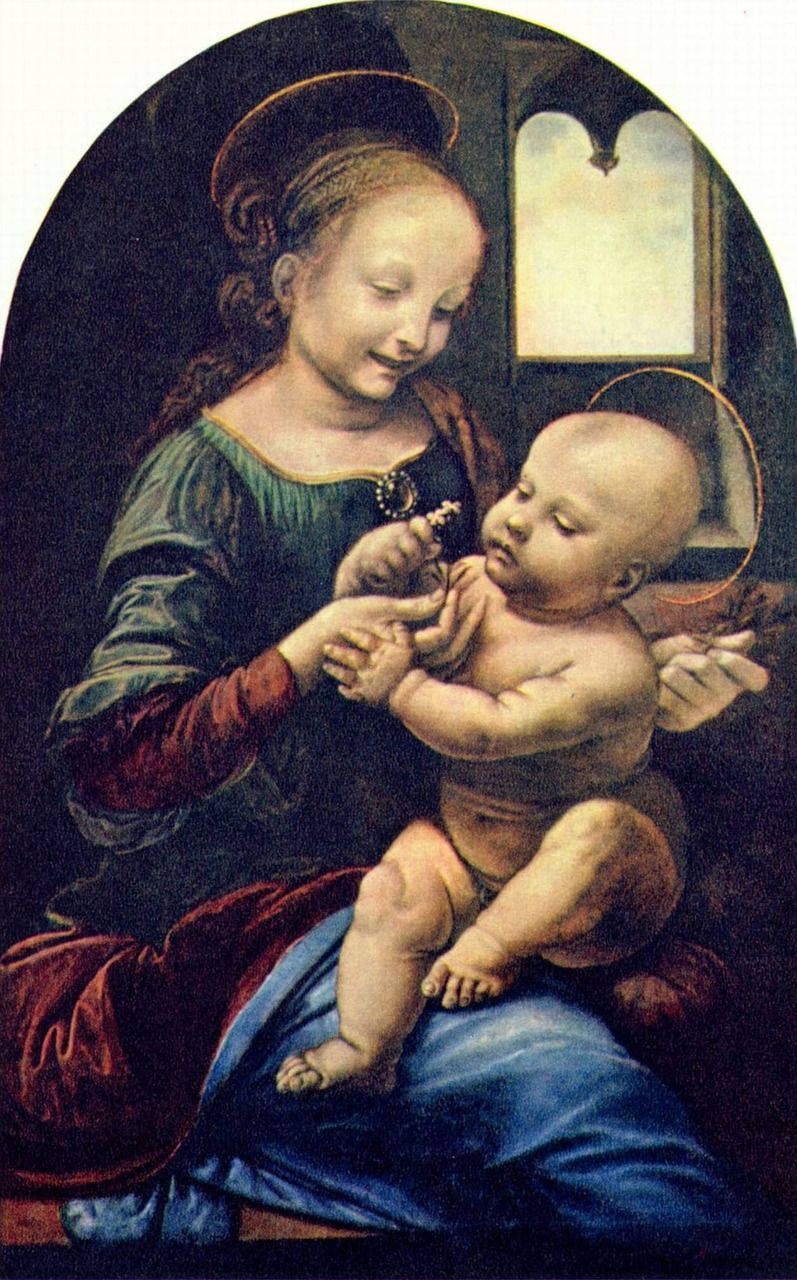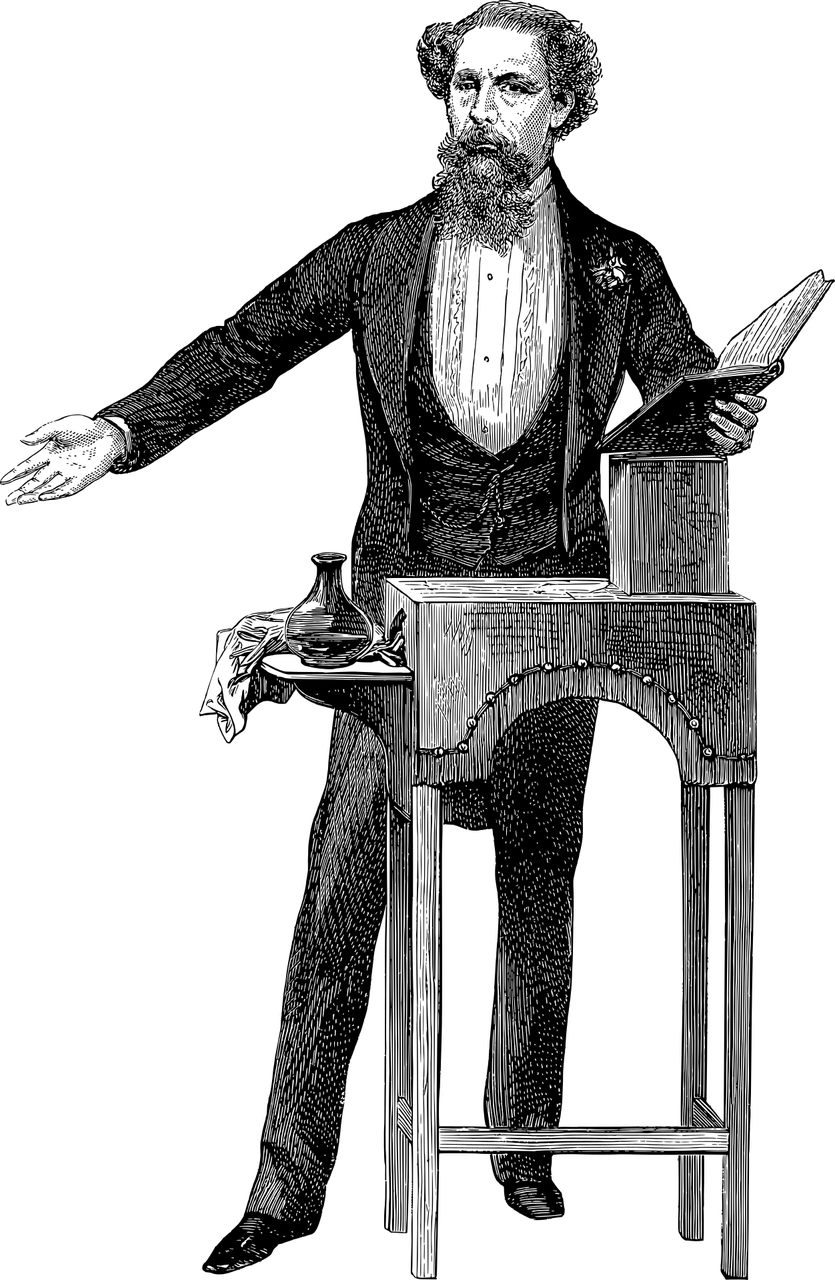Virginia Woolf Books: A Literary Journey through Time

Introduction: Exploring the Works of Virginia Woolf
Virginia Woolf, one of the most prominent figures in modernist literature, has made an indelible mark on the literary world with her thought-provoking and introspective novels. Her works continue to captivate readers with their innovative narrative style, profound exploration of human consciousness, and feminist undertones. This article delves into the world of Virginia Woolf’s books, providing essential insights and recommendations for those interested in exploring her literary oeuvre.
Historical Overview: The Evolution of Virginia Woolf Books

Virginia Woolf’s books have progressed through different phases, reflecting both her personal experiences and the changing literary landscape of the early 20th century. To understand the evolution of her works, it is crucial to examine the different periods she went through and the impact they had on her writing.
1. The Early Years (1905-1915): During this period, Virginia Woolf experimented with conventional narratives and explored themes of gender and social expectations. Novels such as “The Voyage Out” (1915) marked the beginning of her distinctive stream-of-consciousness writing style, which became a defining trait of her later works.
2. The Bloomsbury Group Era (1915-1925): Woolf was an integral part of the influential Bloomsbury Group, a collective of writers, artists, and intellectuals. This period saw the publication of “Jacob’s Room” (1922), a captivating novel that showcased her innovative narrative techniques and marked a turning point in her career.
3. The Modernist Masterpieces (1925-1931): Virginia Woolf’s most celebrated works, “Mrs. Dalloway” (1925) and “To the Lighthouse” (1927), emerged during this period. These novels epitomize her unique storytelling ability, combining intricate character studies with profound explorations of human consciousness and the perception of time.
4. Late Works (1931-1941): In her later years, Woolf continued to push the boundaries of literature with novels such as “The Waves” (1931) and “Between the Acts” (1941). These experimental works delved into complex narrative structures, blurring the boundaries between fiction and reality.
Exploring Virginia Woolf’s Books: Key Themes and Literary Devices
Virginia Woolf’s books tackle a range of themes, from the complexities of human relationships to the exploration of gender roles and the limitations imposed by societal norms. Her unique narrative style and literary devices add depth and complexity to her works. Here are some key elements to look out for:
1. Stream of Consciousness: Woolf’s extensive use of stream-of-consciousness gives readers unparalleled access to the inner thoughts and emotions of her characters. This literary technique allows for a deeper understanding of their psyche and contributes to the immersive reading experience.
2. Feminism and Gender: Woolf’s works often address feminist issues, challenging traditional gender roles and exploring the limitations placed on women in society. Through her characters, she deconstructs societal expectations and advocates for gender equality.
3. Time and Perception: Woolf’s novels delve into the intricacies of time and how individual perception shapes our understanding of it. She masterfully weaves together past, present, and future, blurring temporal boundaries and offering profound insights into the nature of time itself.
4. Experimental Narrative Structures: Woolf’s penchant for experimentation is evident in her manipulation of narrative structures. She effortlessly shifts perspectives, disrupts linear storytelling, and incorporates unconventional techniques, creating a rich and layered reading experience.
Recommended Virginia Woolf Books for Art Lovers and Collectors
For art lovers and collectors interested in Virginia Woolf’s books, here are some must-reads that showcase her literary prowess and serve as valuable additions to any bookshelf:
1. “Mrs. Dalloway”: This iconic novel explores the complexities of human existence through a day in the life of Clarissa Dalloway. The immersive narrative and Woolf’s vivid portrayal of characters make this a compelling read for art enthusiasts.
2. “To the Lighthouse”: Regarded as one of Woolf’s masterpieces, this novel delves into the concept of subjective reality, memory, and the passage of time. Its introspective nature and stunning prose make it a treasure for collectors.
3. “A Room of One’s Own”: A seminal feminist text, this extended essay tackles the importance of female independence and the role of women in literary history. Its relevance and thought-provoking analysis make it a valuable addition to any art lover’s library.
Conclusion
Virginia Woolf’s books continue to resonate with readers, offering a profound exploration of human consciousness, the complexities of relationships, and the intricate workings of society. Her unique narrative style and feminist perspectives have cemented her place in literary history. By diving into her works, art lovers and collectors can embark on a journey of self-discovery and intellectual enlightenment. Virginia Woolf’s books are a testament to the power of literature to challenge conventions, stimulate thought, and inspire generations of readers.
References:
– Woolf, Virginia. “The Voyage Out.” 1915.
– Woolf, Virginia. “Jacob’s Room.” 1922.
– Woolf, Virginia. “Mrs. Dalloway.” 1925.
– Woolf, Virginia. “To the Lighthouse.” 1927.
– Woolf, Virginia. “The Waves.” 1931.
– Woolf, Virginia. “Between the Acts.” 1941.
– Woolf, Virginia. “A Room of One’s Own.” 1929.